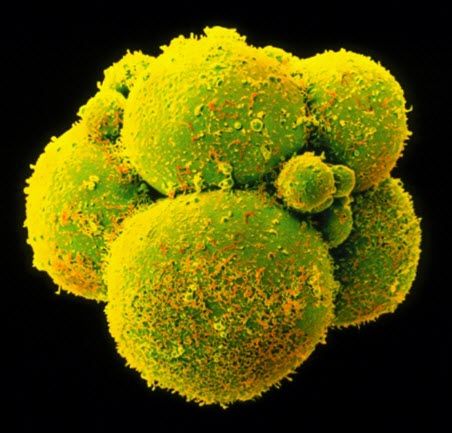(Medical Xpress)—A team of researchers affiliated with several institutions in Japan has succeeded in growing kidneys from stem cells that worked as they were supposed to after being transplanted into rats and pigs. The team outlines their work and results in a paper they have had published in Proceedings of the National Academy of Sciences.
Researchers have met with success in the past, using human stem cells to grow organs, in this case kidneys, unfortunately, the kidneys that have been grown have all developed without a urinary pathway—the means by which urine makes its way out of the kidney and to a tube that connects with the bladder. Such kidneys experience hydronephrosis, where they bloat with urine. In this new effort, the researchers found a way to grow both a kidney and a pathway and an initial bladder, all of which successfully replicated the work normally done by natural organs for a period of time.
The team used the organogenic niche method to grow kidneys using rat stem cells, which when tested, were able to produce urine. Next, they grew a urinary pathway, which was in effect, a type of drainage tube. Then, they grew a blabber that would be compatible with the drainage tube. With all the parts, grown, the kidney was placed inside a rat, then the pathway was added, followed by the bladder they’d grown—the new bladder was then connected to the rat’s native bladder. After sewing up the rat, they found the whole system worked. The team then repeated what they had done with a much larger animal, one much closer in size to humans—a pig—and found the same results.
Read more









